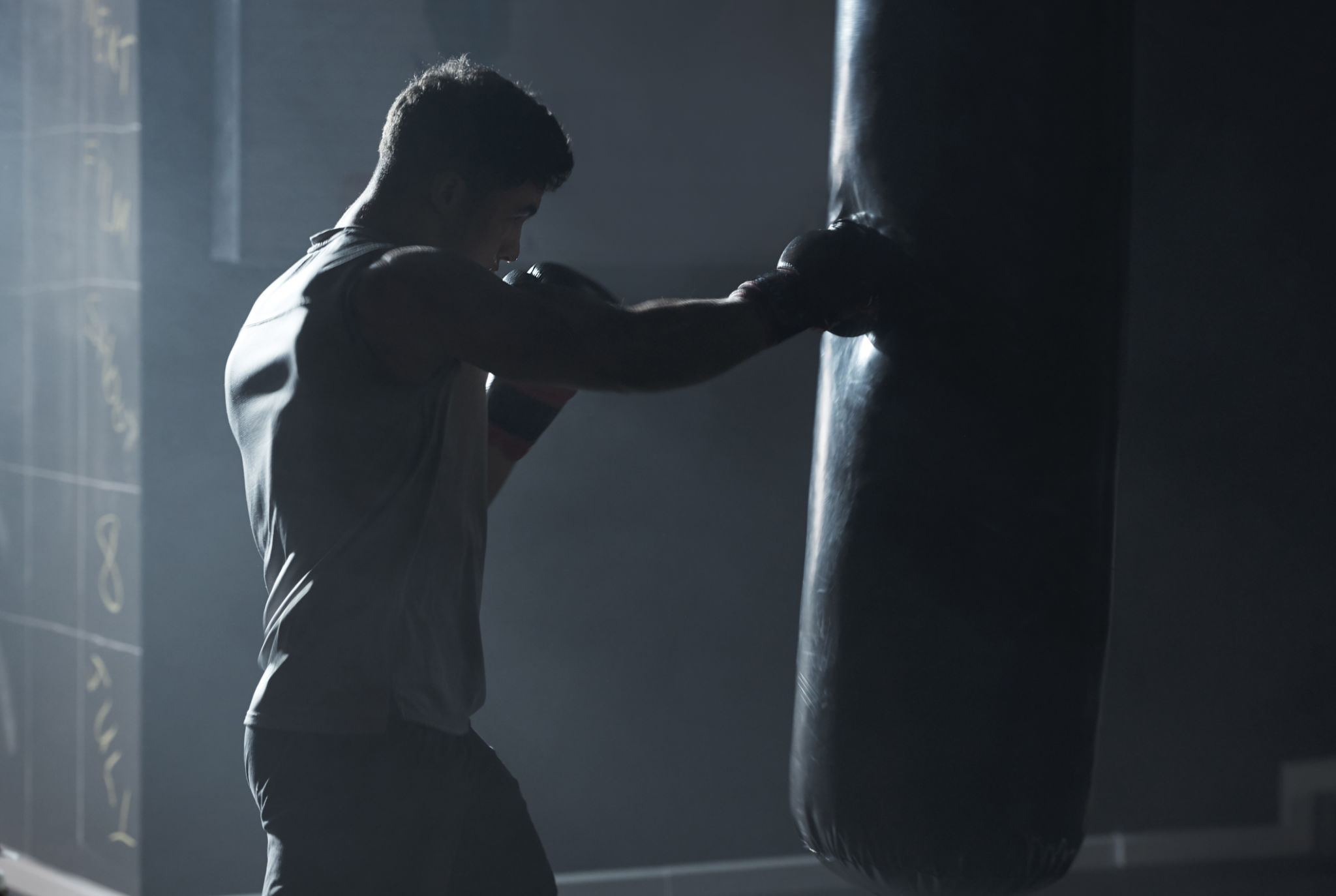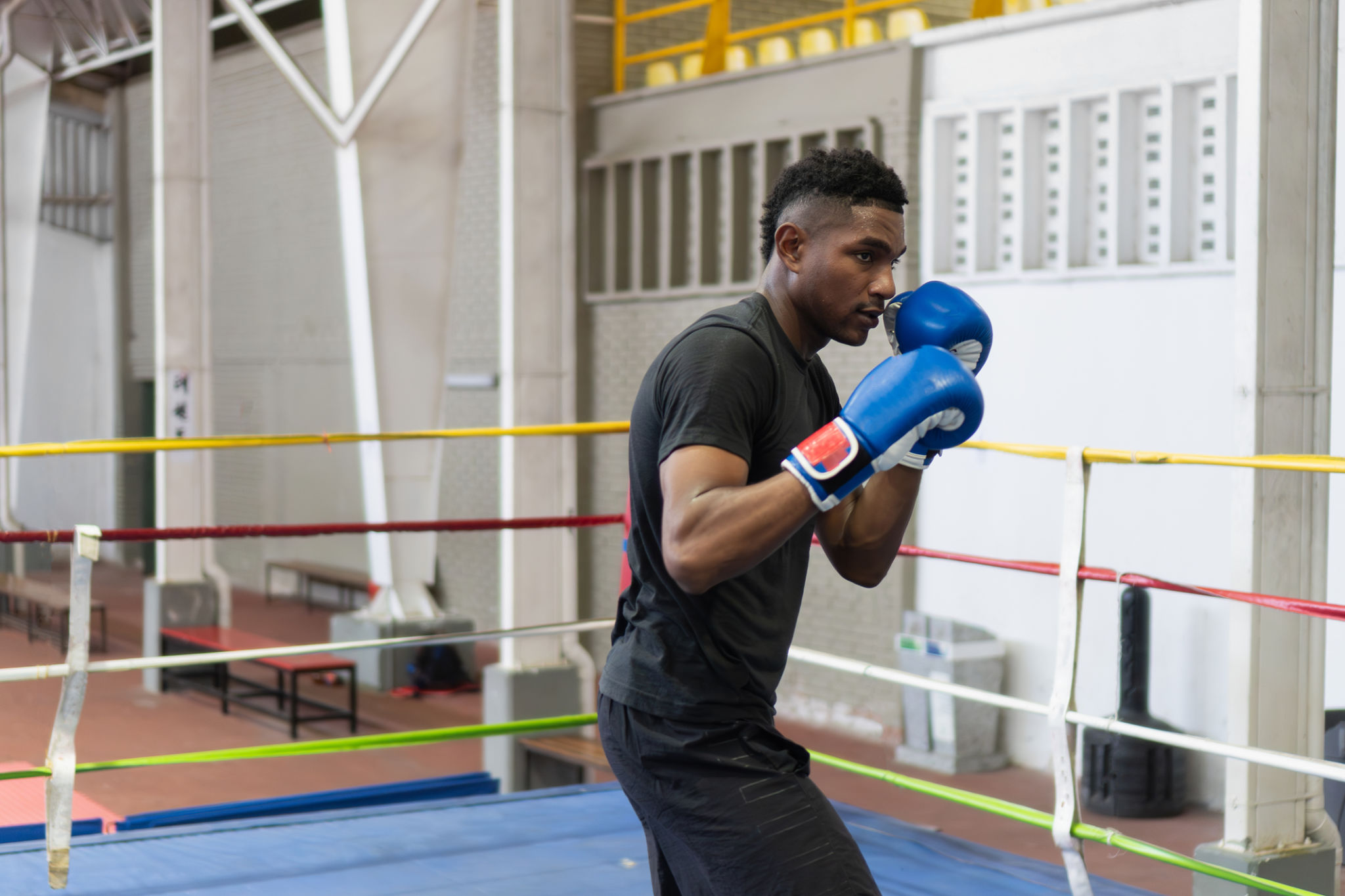Expert Tips for Improving Your Boxing Technique
Mastering Your Stance
One of the foundational aspects of boxing is having a solid stance. Your stance affects your balance, movement, and ability to throw punches effectively. Start with your feet shoulder-width apart, knees slightly bent, and keep your weight evenly distributed. Your dominant foot should be slightly behind the other, allowing for quick movements and powerful punches.
Remember to keep your hands up in front of your face, elbows tucked in close to your body. This position not only helps you protect your face but also allows for quicker punches. Practicing shadow boxing in front of a mirror can help you maintain the correct stance and identify any areas for improvement.

Enhancing Your Footwork
Footwork is crucial in boxing, as it enables you to dodge punches and position yourself for effective attacks. Practice moving around the ring with small, quick steps while maintaining your balance. Always move the foot closest to the direction you want to go first, followed by the other foot.
Drills such as ladder drills and cone exercises can significantly improve your agility and coordination. These exercises help in developing the muscle memory necessary for swift and precise movements during a fight. Consistent practice will enhance your ability to control the pace and distance in the ring.

Punching Techniques
Mastering different punching techniques is essential for any boxer. The jab, cross, hook, and uppercut each serve unique purposes. A powerful jab can keep your opponent at bay, while a well-timed hook can catch them off guard. Focus on perfecting the form of each punch through repetition and shadow boxing.
When throwing punches, always rotate your hips and shoulders to generate maximum power. Keep your fists tight and aim to connect with the knuckles. Remember that precision is often more important than sheer power; a well-placed punch can be more effective than a wild swing.

Conditioning and Endurance
Boxing requires exceptional physical conditioning and endurance. Incorporate cardiovascular exercises such as running, jumping rope, and cycling into your routine. These activities will enhance your stamina, allowing you to maintain high energy levels throughout a match.
Strength training is also crucial for boxers. Focus on exercises that build core strength, as a strong core will improve your balance and punching power. Weightlifting, resistance training, and bodyweight exercises can all contribute to building the necessary strength for boxing.
The Importance of Defense
While attacking skills are vital, a good defense can make all the difference in a match. Practice defensive techniques such as slipping, bobbing, weaving, and blocking. These skills help you avoid incoming punches while positioning yourself for a counterattack.
Regular sparring sessions can help improve your defensive reflexes. Sparring provides real-time experience in dealing with an opponent's strategies and enhances your ability to read their moves. Always focus on keeping your guard up and staying calm under pressure.

Mental Preparation
Mental toughness is just as important as physical prowess in boxing. Developing a strong mindset can help you stay focused and resilient during training and matches. Visualization techniques can be beneficial; imagine yourself executing perfect moves and strategies in the ring.
Additionally, practice mindfulness exercises such as meditation or deep breathing to reduce stress and enhance concentration. These techniques can help you remain calm and clear-headed, even in high-pressure situations, ultimately improving your performance in the ring.
Continuous Learning
Boxing is an ever-evolving sport, and staying updated with new techniques and strategies is crucial for success. Watch professional matches to observe different styles and tactics. Analyze how successful boxers adapt their techniques against various opponents.
Consider hiring a coach or attending boxing clinics to receive personalized feedback on your technique. A coach can provide valuable insights into areas of improvement and help you refine your skills effectively.

Conclusion
Improving your boxing technique requires dedication, practice, and a willingness to learn. Focus on mastering the basics like stance and footwork while continuously working on advanced techniques such as punches and defense. Prioritize physical conditioning and mental preparation to become a well-rounded boxer.
Remember that progress takes time, so be patient with yourself as you work on enhancing your skills. With consistent effort and the right guidance, you can significantly improve your boxing technique and achieve success in the ring.